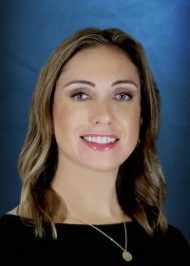The healthcare industry is undergoing unprecedented change. The transition from fee-for-service to fee-for-value is a big challenge for physicians and care teams. Long-time fee-for-service physicians are struggling to bridge the revenue gap while implementing new workflows and processes to thrive in the new value-based care model. These new processes take time to identify and implement, and many practices have seen a decrease in revenue as a result.
The key to staying profitable while making the switch to value-based reimbursement is to properly use your staff by applying their licensures to tasks they are capable of completing. By applying top of license assignments at your practice, you allow less complex work to be offloaded from the next level above. This also allows your practice to see more patients, bill for more services, reduce physician burnout and better care for your patient population.
What is top of license?
Operating at the top of license means each employee practices to the full extent of their education and training, instead of spending time doing tasks that could be performed by someone else. For example, to effectively work at the top of licensure, a doctor should not do what a nurse practitioner can do, a nurse practitioner should not do what a nurse can do, and a nurse should not do what a medical assistant can do.
Financial Rewards of Staff Working at Top of License
In terms of practice financials, staff working at their top of license has immediate impact as professionals are able to focus on what they are trained to do. Very similar to processes put into place during the industrial revolution, the specialization of specific tasks or roles lowers labor costs and produces higher quality work. With top of license, staff satisfaction also increases due to the concreteness of tasks associated with each role. Training can be much more narrowly focused and company policies, procedures and workflows will be better understood.
Sharing accountability for patient care can be a very effective method. It’s important to understand that for this “assembly line” way of working within a medical office to be successful, the office must increase communication and trust one another. As we move into the world of value-based care, it’s important we maximize the limited hours and dollars we have and spend them on the highest-skilled work each clinician can do.





